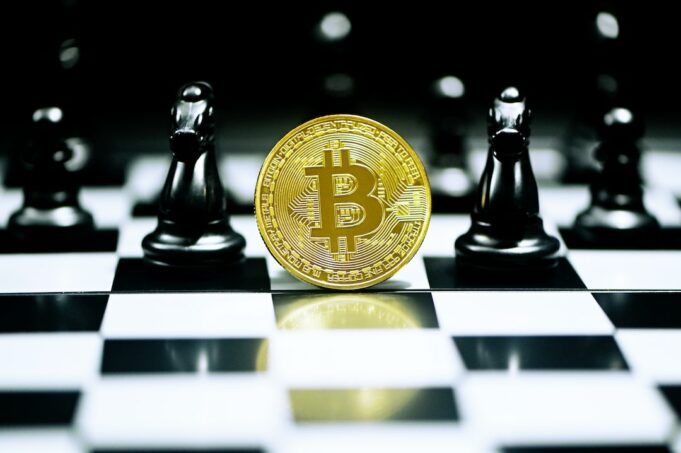Bitcoin is the world’s first decentralized digital currency, which allows for secure, anonymous and instant online transactions. The technology behind Bitcoin is based on a distributed ledger called the blockchain, which records all transactions on the network. Bitcoin transactions are processed by a global network of computers, which compete to verify and confirm each transaction. In this article, we will explore the concept of a Coinbase transaction and how it works in Bitcoin.
What is a Coinbase Transaction?
In Bitcoin, a Coinbase transaction is the first transaction in a new block. It is a special type of transaction that creates new bitcoins and rewards the miner who created the block with those new bitcoins. The Coinbase transaction is unique in that it has no inputs and only one output. The output is the reward for the miner, which is usually 12.5 bitcoins, but can vary depending on the current block reward and the transaction fees.
How Does a Coinbase Transaction Work?
When a miner solves a new block, they create a Coinbase transaction as the first transaction in the block. The Coinbase transaction includes the following information:
– The address that will receive the new bitcoins (the miner’s address)
– The block height (the number of blocks in the blockchain before this block)
– The current time (in Unix timestamp format)
– The current block reward (in satoshis)
– Any transaction fees that were included in the block
The Coinbase transaction is then broadcast to the network and included in the blockchain. Once the Coinbase transaction is confirmed, the miner receives the new bitcoins and can spend them like any other bitcoins.
Why Does Bitcoin Use Coinbase Transactions?
Bitcoin uses Coinbase transactions as a way to incentivize miners to participate in the network and secure the blockchain. Without the block reward, there would be no incentive for miners to process transactions and maintain the blockchain. The block reward also helps to distribute new bitcoins into circulation, which helps to keep the network secure and decentralized.
What Happens to the Coinbase Transaction After it is Confirmed?
After a Coinbase transaction is confirmed and included in the blockchain, it becomes a regular transaction like any other on the network. The bitcoins that were created in the Coinbase transaction can be spent just like any other bitcoins. The Coinbase transaction itself is still visible on the blockchain, but it is no longer special or unique.
What are the Risks of Coinbase Transactions?
One potential risk of Coinbase transactions is that they can be used as a way to launder money or hide illegal activities. Because the Coinbase transaction is anonymous and does not require any inputs, it can be difficult to trace the source of the new bitcoins. This is why many countries have implemented strict regulations on Bitcoin and other cryptocurrencies to prevent money laundering and other illegal activities.
Another risk of Coinbase transactions is that they can be used to manipulate the Bitcoin market. Because miners are rewarded with new bitcoins for creating new blocks, they have a vested interest in maintaining the value of Bitcoin. This means that they may be tempted to manipulate the market by withholding or releasing blocks in order to influence the price of Bitcoin.
Conclusion
In conclusion, a Coinbase transaction is a special type of transaction in Bitcoin that creates new bitcoins and rewards the miner who created the block with those new bitcoins. The Coinbase transaction is unique in that it has no inputs and only one output. The output is the reward for the miner, which is usually 12.5 bitcoins, but can vary depending on the current block reward and the transaction fees. Coinbase transactions are an important part of the Bitcoin ecosystem, as they provide an incentive for miners to participate in the network and maintain the blockchain. However, they also come with risks, such as the potential for money laundering and market manipulation. As Bitcoin and other cryptocurrencies continue to evolve, it will be important to address these risks and find ways to ensure the security and stability of the network.

























